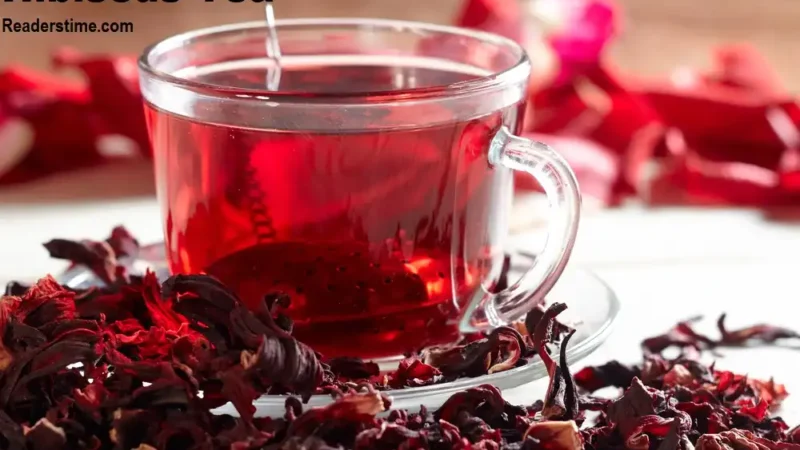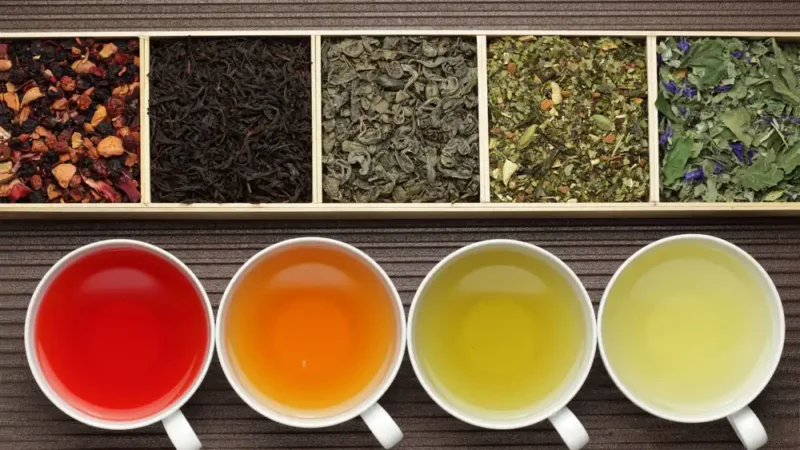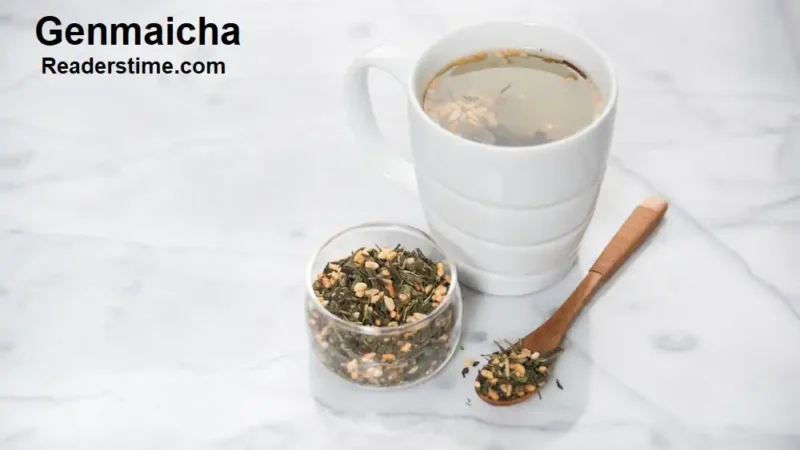Sencha: Japan’s Quintessential Green Tea
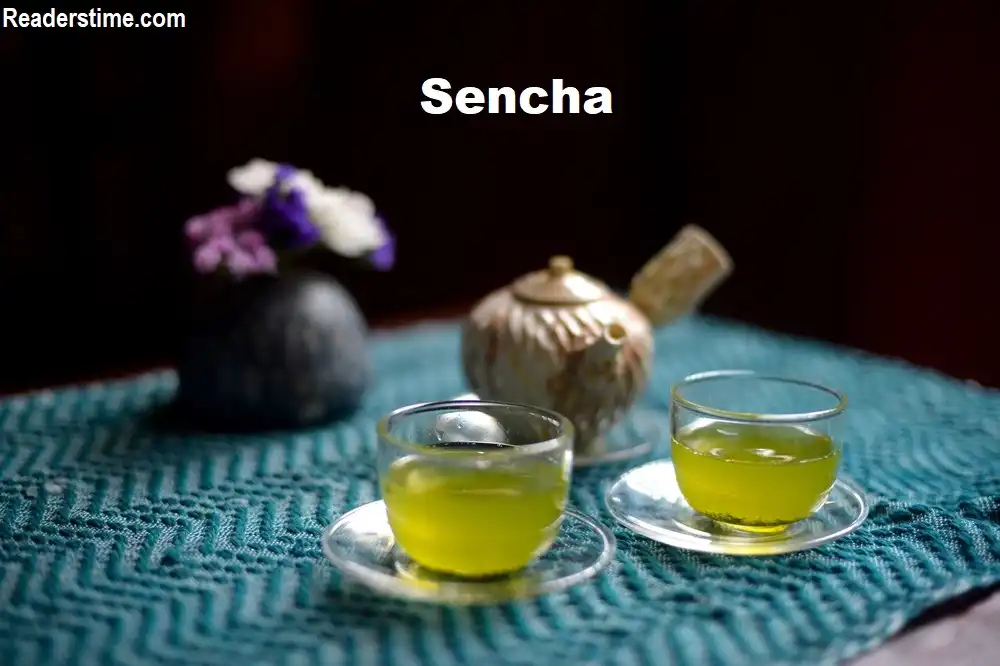
Green tea has long been a staple of Japanese culture, offering a blend of health benefits, intricate flavors, and historical significance. Among the various types of Japanese green tea, Sencha stands out as the most popular, representing approximately 80% of all tea produced in Japan. This article delves into the world of Sencha, exploring its production, flavors, health benefits, and more.
The Journey from Leaf to Cup: How Sencha is Made
1. Cultivation
Sencha is derived from the Camellia sinensis plant, the same plant that produces all true teas. The journey of Sencha begins in lush tea gardens where the leaves are grown in direct sunlight. This exposure to sunlight is a critical factor that contributes to the unique flavor and chemical composition of Sencha. Unlike matcha and gyokuro, which are shaded for several weeks before harvest, Sencha is grown in full sunlight throughout its growth cycle. This method of cultivation allows the tea leaves to develop higher levels of catechins, which are antioxidants that provide both health benefits and the characteristic astringency of the tea. The careful selection of the growing environment, including the quality of the soil and the climatic conditions, plays a significant role in determining the final quality of the tea.
2. Harvesting
Sencha is typically harvested three times a year, with the first harvest, known as “shincha” or “first flush,” occurring in early spring. Shincha is highly prized for its delicate flavor and freshness, making it the most sought-after harvest of the year. The first flush leaves are tender and young, offering a more refined and nuanced taste compared to later harvests. The second harvest, called “nibancha” (second flush), takes place in the early summer, followed by the third harvest, “sanbancha” (third flush), in the late summer. Each harvest period yields tea with slightly different characteristics, influenced by the season and growing conditions. The careful timing of these harvests ensures that the leaves are picked at their peak, maximizing their flavor and nutritional content.
3. Steaming
Once harvested, the leaves undergo a steaming process to prevent oxidation and preserve their vibrant green color. This steaming process is a defining step in the production of Japanese green tea, setting it apart from Chinese green teas, which are typically pan-fired. The duration of steaming can vary, but it generally lasts between 15 to 30 seconds. This step is crucial in maintaining the fresh, vegetal flavors of the tea while halting enzymatic activity that would otherwise lead to oxidation. The steaming process not only helps in retaining the bright green color of the leaves but also enhances the release of aromatic compounds, contributing to the distinctive aroma and taste of Sencha.
4. Rolling and Drying
After steaming, the leaves are rolled to shape them and to squeeze out any excess moisture. The rolling process is intricate and involves several stages where the leaves are twisted and curled into their final form. This step is essential in breaking down the cell walls of the leaves, which facilitates the release of flavor and nutrients during brewing. The rolled leaves are then dried to reduce their moisture content to about 3-5%, which is necessary for long-term storage and preservation. This drying process can involve air drying or the use of specialized drying machines. The final result is a tea that is ready for packaging and consumption, with leaves that are compact and easy to store.
A Symphony of Flavors: The Taste of Sencha
Sencha is renowned for its complex flavor profile, which can vary depending on factors such as the time of harvest, growing conditions, and processing techniques. Generally, Sencha offers a harmonious balance of sweetness, umami, and a slight astringency. The taste is often described as grassy or vegetal, with fresh, bright notes that evoke the essence of spring. High-quality Sencha, particularly shincha, tends to have a more nuanced flavor with a sweeter, less astringent taste, while lower-grade Sencha can be more robust and slightly bitter. The flavor profile of Sencha is also influenced by the terroir, or the specific environmental conditions where the tea is grown, including soil composition, altitude, and climate. This diversity in flavor makes Sencha a versatile tea that can be enjoyed in various contexts, from daily drinking to special tea ceremonies.
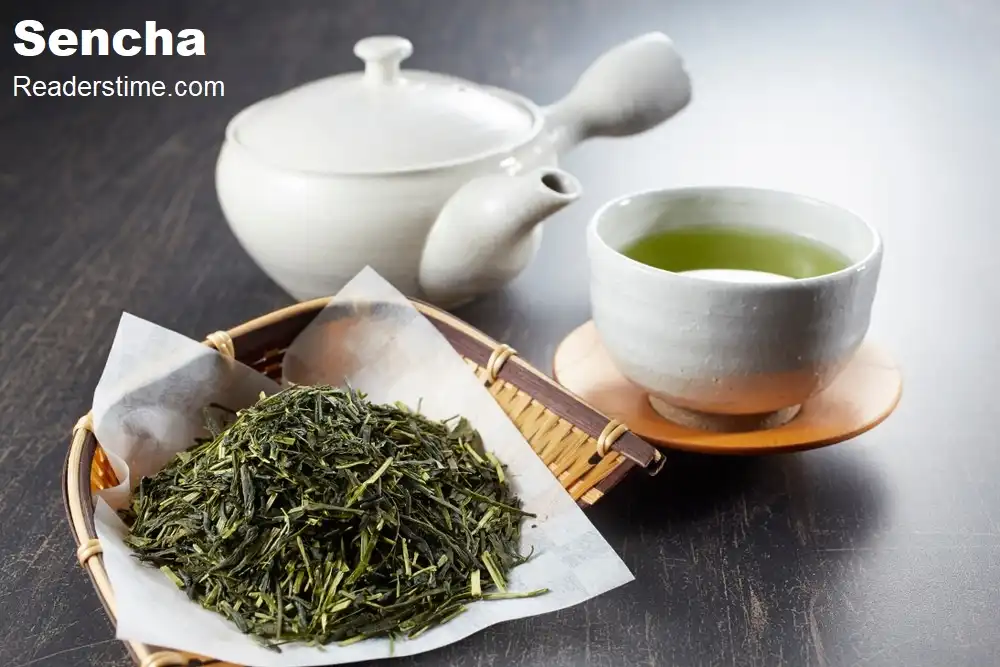
The Health Benefits of Sencha
Drinking Sencha is not only a delightful sensory experience but also a boon for health. This green tea is packed with beneficial compounds that contribute to overall well-being.
1. Rich in Antioxidants
Sencha is a potent source of catechins, a type of antioxidant that helps fight free radicals in the body. Catechins have been linked to a reduced risk of chronic diseases such as heart disease and cancer. These powerful antioxidants work by neutralizing harmful molecules that can damage cells and lead to inflammation and disease. Among the catechins found in Sencha, epigallocatechin gallate (EGCG) is the most abundant and has been extensively studied for its health-promoting properties. Regular consumption of Sencha can contribute to a healthier lifestyle by reducing oxidative stress and supporting the body’s natural defense mechanisms.
2. Boosts Metabolism
The catechins in Sencha, particularly EGCG, have been shown to boost metabolism and promote fat burning, making it a popular choice for those looking to manage their weight. EGCG works by increasing thermogenesis, the process by which the body generates heat and burns calories. Studies have indicated that drinking green tea like Sencha can enhance fat oxidation during exercise and improve overall metabolic rate. This makes Sencha not only a refreshing beverage but also a supportive addition to a balanced diet and active lifestyle.
3. Enhances Mental Alertness
Sencha contains moderate amounts of caffeine, which can enhance mental alertness and improve focus without the jitteriness often associated with coffee. The presence of L-theanine, an amino acid, also promotes relaxation and reduces stress. This unique combination of caffeine and L-theanine provides a balanced effect, improving cognitive function and mood without the negative side effects of excessive caffeine consumption. L-theanine is known to increase alpha brain wave activity, which is associated with a state of relaxed alertness. As a result, drinking Sencha can help improve concentration, reduce anxiety, and enhance overall mental performance.
4. Supports Immune Health
The vitamins C and E found in Sencha contribute to a healthy immune system, helping the body fend off infections and illnesses. Vitamin C is a powerful antioxidant that supports the immune system by stimulating the production of white blood cells and enhancing the skin’s defense against pathogens. Vitamin E, on the other hand, helps protect cells from oxidative damage and supports overall immune function. Together, these vitamins work synergistically to boost the body’s natural defenses and promote better health. Regular consumption of Sencha can therefore be a valuable part of a diet aimed at maintaining a strong and resilient immune system.
Brewing the Perfect Cup of Sencha
To fully appreciate Sencha, it’s essential to brew it correctly. Here’s a step-by-step guide to making the perfect cup:
Measure the Tea: Use about one teaspoon of Sencha leaves per cup of water. Adjust the amount based on your taste preference and the strength of the tea.
Heat the Water: Heat the water to around 70-80°C (158-176°F). Avoid using boiling water, as it can make the tea taste bitter. The ideal temperature allows the tea to release its delicate flavors without over-extracting the tannins that contribute to bitterness.
Steep the Leaves: Pour the hot water over the tea leaves and let them steep for about 1-2 minutes. Adjust the steeping time to suit your taste preference. A shorter steeping time results in a milder flavor, while a longer steeping time can bring out more robust and astringent notes.
Pour and Enjoy: Pour the tea into a cup and enjoy the fresh, grassy flavors of Sencha. Take the time to savor the aroma and taste, appreciating the intricate balance of sweetness, umami, and slight astringency.
For multiple infusions, slightly increase the steeping time for each subsequent brew. Sencha leaves can be infused 2-3 times, with each infusion offering a different taste experience.
Exploring Different Varieties of Sencha
1. Shincha
The first flush of Sencha, harvested in early spring, is known as shincha. It is prized for its delicate, sweet flavor and fresh aroma. Shincha is often more expensive due to its limited availability and superior quality. The young leaves used for shincha are tender and contain higher concentrations of beneficial compounds, making this variety particularly sought after by tea connoisseurs. The flavor profile of shincha is typically more vibrant and less astringent compared to later harvests, offering a refreshing and invigorating tea experience.
2. Asamushi Sencha
Asamushi Sencha is lightly steamed, resulting in a tea with a delicate flavor and a light green color. The leaves retain much of their original shape and produce a clear, light liquor. This type of Sencha is ideal for those who prefer a milder, less intense green tea. The light steaming process allows the natural flavors of the tea leaves to shine through, offering a crisp and clean taste. Asamushi Sencha is often favored for its subtlety and refined character, making it a great choice for newcomers to Japanese green tea.
3. Fukamushi Sencha
Fukamushi Sencha undergoes a longer steaming process, resulting in a deeper, more intense flavor and a darker green color. The leaves break down more during processing, giving the tea a thicker, more opaque appearance. This extended steaming enhances the richness and complexity of the tea, creating a robust and full-bodied flavor. Fukamushi Sencha is known for its smooth, velvety texture and its ability to produce a strong, satisfying brew. It is particularly popular among those who enjoy a more pronounced and bold green tea experience.
Conclusion
Sencha is a testament to the art and tradition of Japanese tea culture. Its vibrant flavors, numerous health benefits, and the meticulous process of its production make it a cherished beverage for tea enthusiasts around the world. Whether you’re a seasoned tea drinker or new to the world of green tea, exploring Sencha is a journey worth taking. From its careful cultivation and intricate processing to its rich flavor and health-boosting properties, Sencha offers a unique and rewarding tea experience. Embrace the world of Sencha and discover why it has become a beloved staple in Japanese tea culture and beyond.


